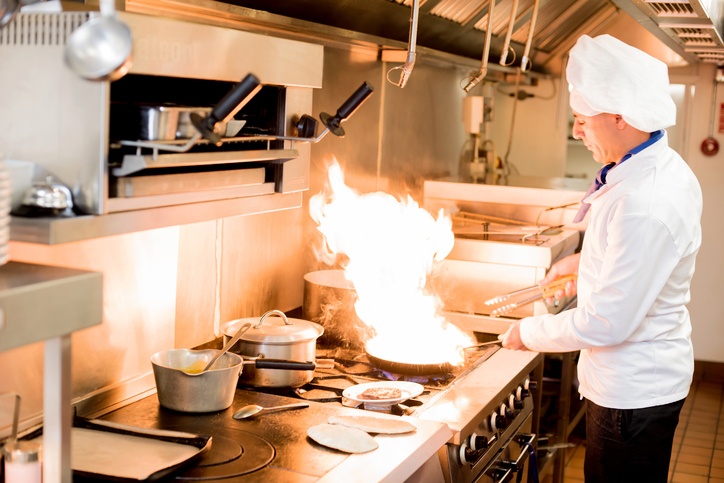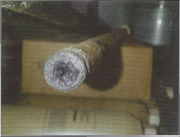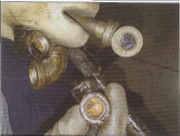
If the pipes within a kitchen fire suppression system are blocked, that business doesn't stand a chance if a fire occurs. Blockages occur for all sorts of reasons, and they hide deep within the system, so it's easy for blocked pipes to go unnoticed until it's too late.
One of the largest liability areas of our industry involves pre-engineered restaurant systems. Any semi-annual maintenance that can be performed to reduce this liability would be advantageous to both our customers and us as service providers. One important maintenance service is verifying that the agent distribution piping of a restaurant system is not obstructed. An obstructed system increases liability because the system will not work as it should when activated.

Pipe maintenance is, and has been, a requirement in NFPA 17 and 17 A. Manufacturers' manuals can vary on the frequency. Some manuals require it annually while others are on a semi-annual basis. Some service providers perform this maintenance on a regular basis while others have not seen the value in doing it.
Blocked piping in a restaurant system can occur anywhere in the piping network, greatly reducing the flow of agent to particular appliances or areas of the cooking hood. Finding these blockages during an inspection reveals tangible evidence to show the customer and explain the possibility of what might have happened (or not happened) in the event of a discharge. Checking the piping network does require additional time on site for the technicians and should also require some additional service billing. The easiest way to verify clear piping is to break the union at the agent cylinder and blow regulated compressed air or nitrogen through the piping. While doing this the technician can easily verify air or nitrogen is flowing from the nozzles. When a nozzle does not have gas flowing from it, the tech can begin to dismantle the piping accordingly to check for obstructions.

A simple procedure that is commonly overlooked that would help prevent blocked piping is the flushing of systems following an actual discharge (all manufacturers as well as the 2013 edition ofNFPA 17 A require piping to be flushed following a system discharge). If flushing does not occur, the agent could crystalize and eventually clog the pipe or nozzles of the system. Another benefit to flushing is finding broken pipe, supply lines not attached correctly, and open-ended fittings.
As a result of regular pipe maintenance, service providers will be able to reduce liability, increase repair revenue, and profit overall. These are three things that any fire protection company would like to see.
This article originally appeared in the Firewatch! March 2013 issue, the quarterly publication of the National Association of Fire Equipment Distributors.


